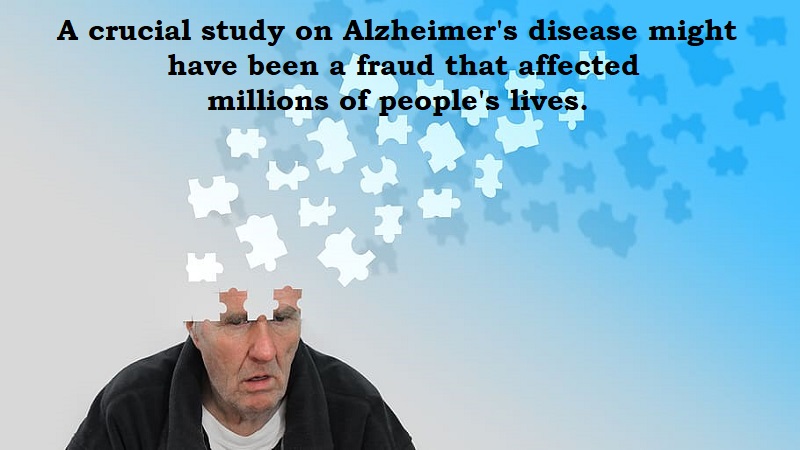
A few ground-breaking studies serve as the foundation for additional study and analysis. But what if the so-called base study is flawed or the information and data that were used have been altered?
Similar suspicions regarding a crucial study on Alzheimer’s disease that was published in 2006 have surfaced, leading to claims that some of the data may have been made up. If the allegations are confirmed, decades of research into Alzheimer’s disease may have been founded on fraudulent behaviour that purposefully caused millions of deaths.
On Thursday, Science magazine stated that it has uncovered evidence that some images in the study, published 16 years ago in the journal Nature, might have been doctored. Notably, the study has been extensively cited in many reports.
The paper was written by Sylvain Lesné, an associate professor of neuroscience at the University of Minnesota. A unique protein assembly may represent a promising target for the treatment of Alzheimer’s disease, according to the important research. According to a prominent idea, the amyloid beta protein created sticky plaques in the brain that were the primary contributor to Alzheimer’s disease. It determined that memory loss in rats was brought on by a subtype of the protein known as ‘amyloid beta star 56’ (A*56).
Neuroscientist Dr. Matthew Schrag of Vanderbilt University raised concerns about potential picture manipulation last year. Now, Science magazine said it found more than 20 ‘suspect’ papers by Lesné and more than 70 examples of possible image tampering in his studies have also been identified.
According to the magazine, Lesné’s artwork for A*56 was altered to exaggerate the protein’s contribution to the development of Alzheimer’s disease.
Karl Herrup, a professor of neurobiology at the University of Pittsburgh Brain Institute, was quoted by NBC News as saying that the results are ‘very negative for research.’
Herrup who wasn’t involved in the investigation, said ‘It’s never shameful to be wrong in science A lot of the best science was done by people being wrong and proving first if they were wrong and then why they were wrong. What is completely toxic to science is to be fraudulent.’ Herrup works at the school’s Alzheimer’s Disease Research Center.

Post Your Comments